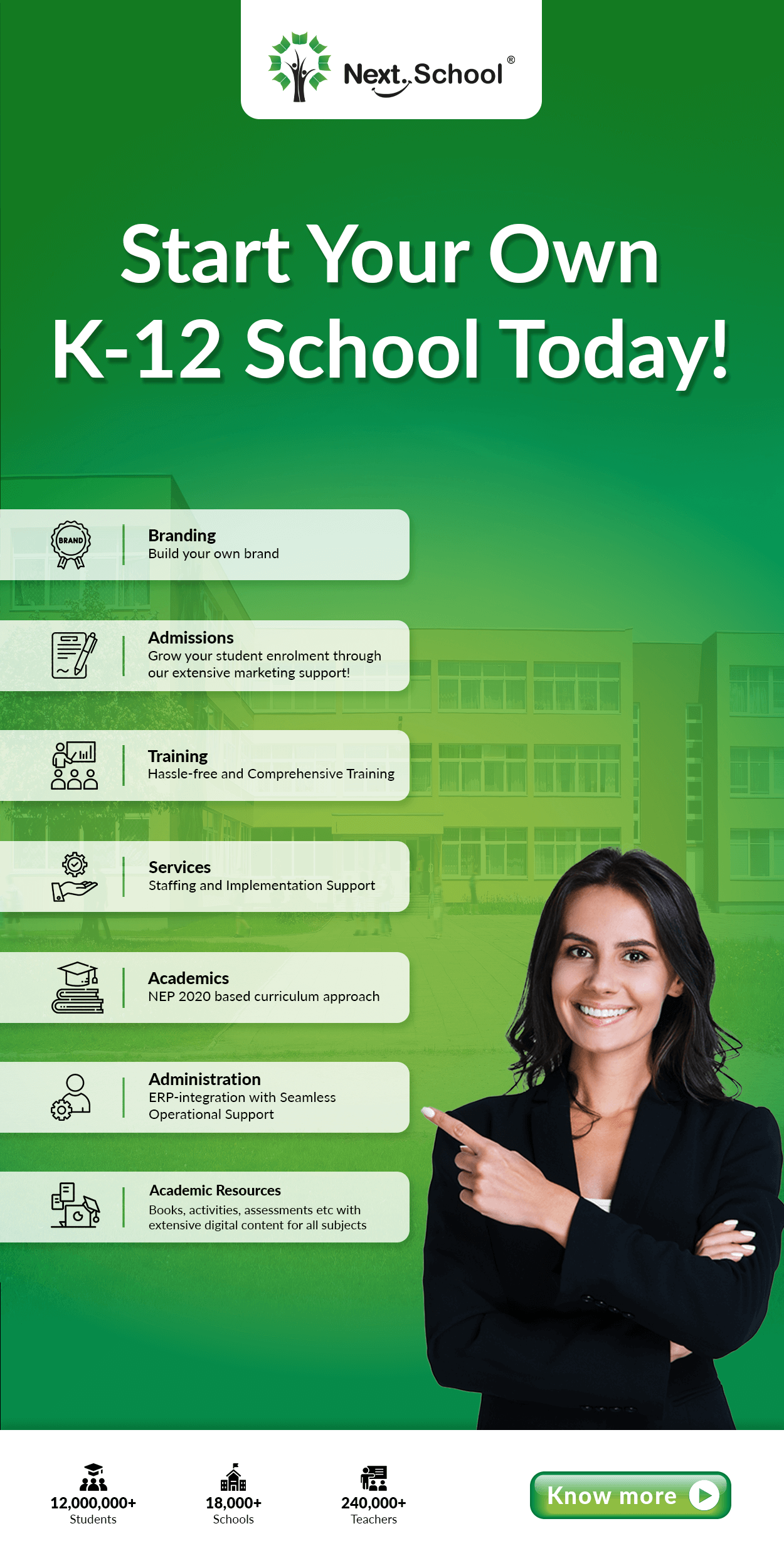Strategies to enhance learning

Professor Marilee Sprenger, an expert at brain-based teaching and learning at Aurora University, has revealed that many teachers use brain-compatible principles instinctively. However, if they get more insights into these principles, they will be more willing
to use these principles in their teaching methods.
Teachers tend to be always concerned about their students’ attention as well as motivation level. Therefore, teachers should get a better understanding of the human brain and its functions. Citing the latest research on the reticular activating system (RAS) (the brain’s first filtering system), Sprenger has revealed that students’ brain has changed significantly because of constant stimulating and emotion-driven messages coming from TV, FM radio, text messages and other media.
The professor has revealed that the RAS, which is situated in the brain’s survival area, always scans the outer world for potential danger. Using all experiences, it decides which information should go to the brain. Our brain can filter out around 99 percent of incoming details, thereby enabling us to focus and retain our sanity.
Nowadays, students live in a world of endless messaging. Therefore, unlike their teachers’ brain, students’ brain changed more rapidly. Since it is now used extensively, the reticular activating system is able to scan faster and seeks more information. Therefore, when teachers instruct, students’ engagement may be brief because the RAS is likely to find out new stimuli.
The following are some tips given by the professor that help teachers change their teaching style in order to cater to their students’ changing neurological state:
1) Teachers should call students’ names quite often. Hearing one’s name enables the RAS to focus on the learning.
2) It has been found that the brain reacts to various colors. Therefore, it is suggested that teachers should use colored papers, chalk, and markers.
3) Storytelling is considered a time-tested brain activity. Emotional components of stories entice the amygdale, which is the brain’s emotional center. In addition, these stories comprise beginnings, middles and ends, which are relevant to the hippocampus (the structure helps in storing all episodes).
4) Use humor in your teaching. Since it attracts the brain’s emotional center, students’ involvement in the learning gets higher. Besides, it increases our retention power.
5) Two skills—comparing and contrasting—have a positive impact on students’ achievement. So, when you give many analogies in the class, it will help a student connect new information to the thing that is being compared with.
6) Kinesthetic students feel more involved if various movement-based learning, such as hands-on learning, is involved in teaching. It will entice their amygdale as movement always gets them excited.
Image Credit: freedigitalphotos.net

